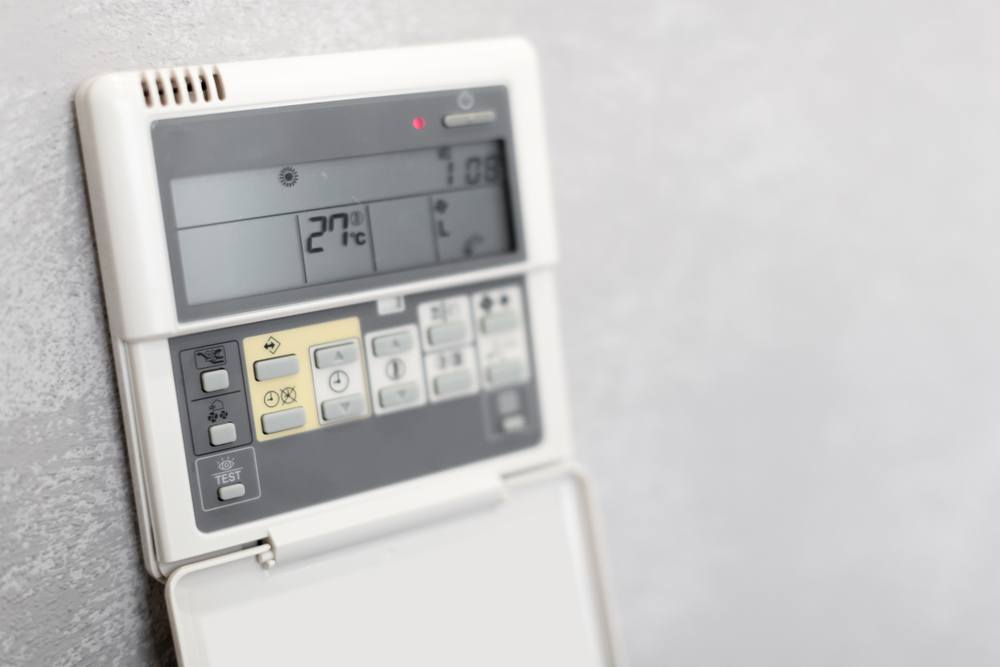How A Five-Minute Energy Audit Can Save You BIG

Do you know how much energy is being wasted in your home each day? Imagine being able to see exactly where and how you are using energy in minutes. You would be able to create a comprehensive strategy for cutting back, which would lower your utility bills and make your home more eco-friendly. Today, there’s one easy way to find out exactly where your energy usage can be reined in: by performing an energy audit.
The concept of the energy audit isn’t new, but recent innovations have made it easier to perform than ever before. In earlier years, you had to invite an inspector to your home if you wanted an audit performed. Today, apps like Benefyd ask users a few simple questions about the way they use appliances and other devices around the house, then produce a report so users can adjust and improve their activities.
Professional energy auditors still exist, and they are certainly thorough—but their services can also be pricey and time-consuming. On the other hand, do-it-yourself audits usually take only a few minutes, and will identify many of the most important places where you may be able to save both energy and money.
What do energy audits normally reveal? Every home is different, but following the recommendations from an average energy audit can save homeowners $105-$627 every year. With that said, here are a few of the most common culprits when it comes to wasting energy in residential buildings.
What You Can Discover With An Energy Audit:

Efficient Climate Control is Key
Heating and cooling accounts for 47% of all residential energy use. In most cases it can be improved by changing the way you use your HVAC. Try purchasing a smart thermostat that will automatically regulate the temperature in your home to balance comfort with energy-efficiency and will turn off automatically when you leave the house. You could also consider replacing your system if it is over a decade old.
Look Out for Appliances that Run in the Background
Many people think that hair dryers, microwaves, and other heat-producing appliances are among the largest energy wasters in their home—and on a per-watt basis, they would be right. However, these items are normally only used for a few minutes each day, which means that they don’t have a chance to waste much energy. Instead, look at items that run in the background all day, like refrigerators and dehumidifiers. It’s easy to forget that these items are always draining power in the background, but upgrading to high-efficiency versions or using “power-saving” modes can save you hundreds of kWh each year.
Disconnect Home Entertainment when Not in Use
Most modern homeowners have DVRs connected to their televisions, but few consider the amount of energy required to power these items. In fact, a home with two set-top boxes could be using energy equivalent to that consumed by a new refrigerator. Worse yet is that most of this usage occurs when the devices aren’t even being used. The solution: look for ENERGY STAR approved set-top boxes, or disconnect yours completely when you aren’t watching TV.
When you’re a homeowner, it’s hard to find time to plan for energy savings. That’s why a five-minute energy audit is the key to discovering how energy is being wasted in your home and what you can do about it. Whether you want to save money on your utility bills or increase your home’s value before a sale, a tool like Benefyd can do great things.
Every home uses energy in different ways, which means that only an energy audit can tell you exactly how to improve your own. Cut down in highly problematic areas, but be sure to use a five-minute energy audit to see where else there is room for improvement. Doing so could save you a lot of money in the long term, and help you contribute to a greener Earth.


